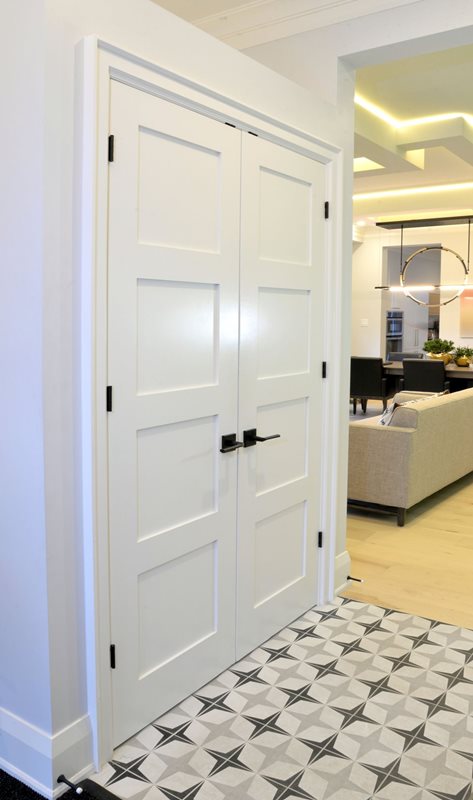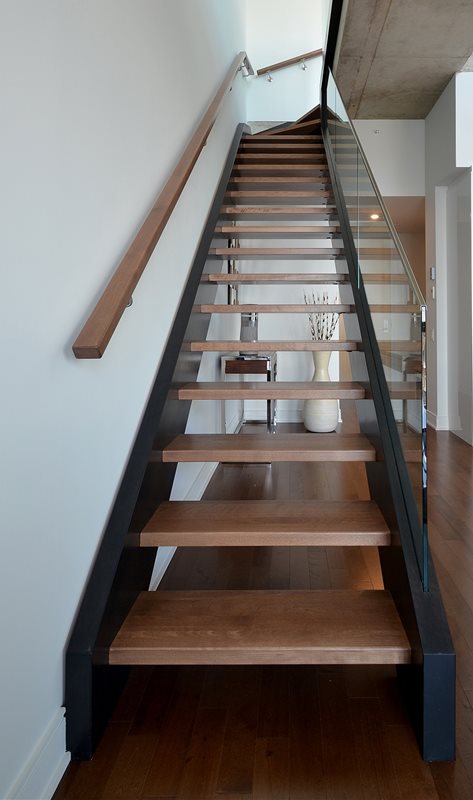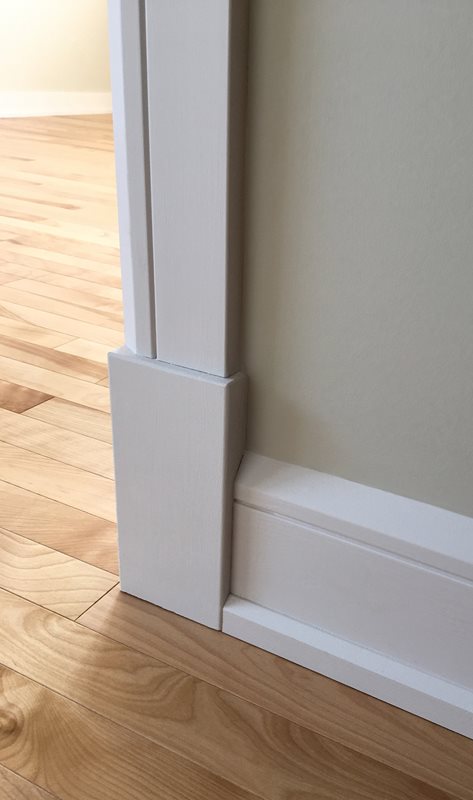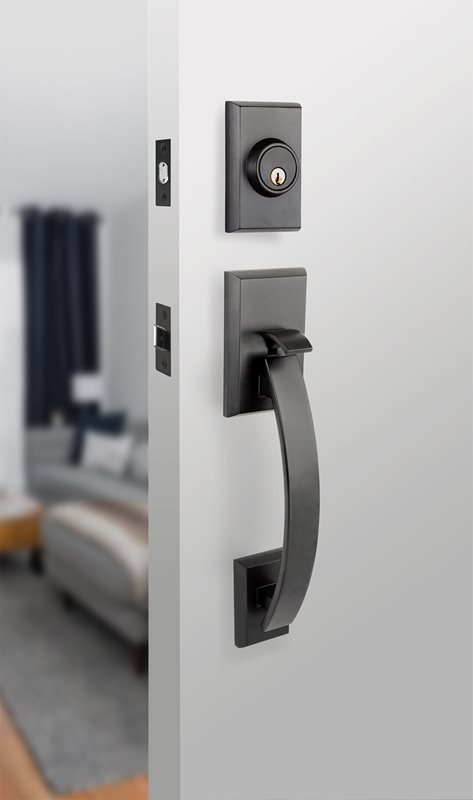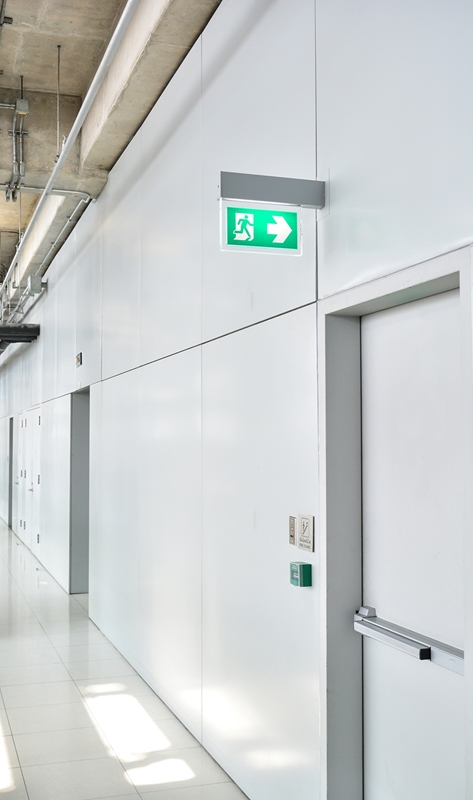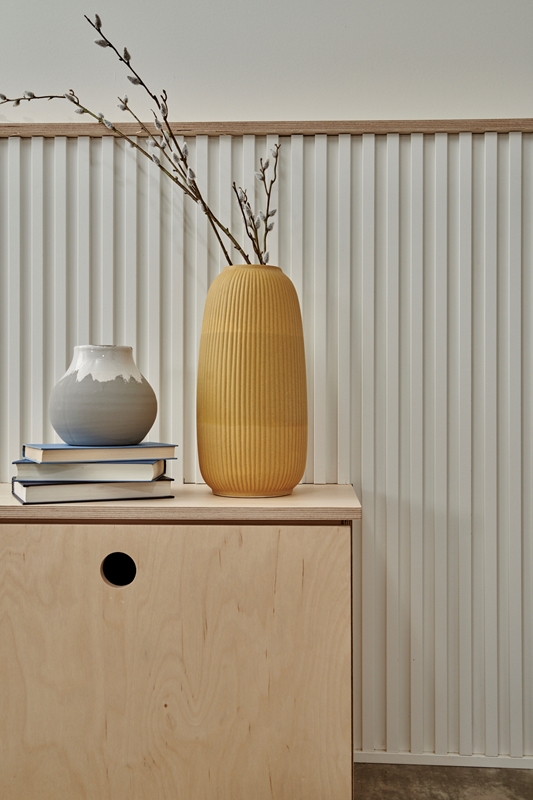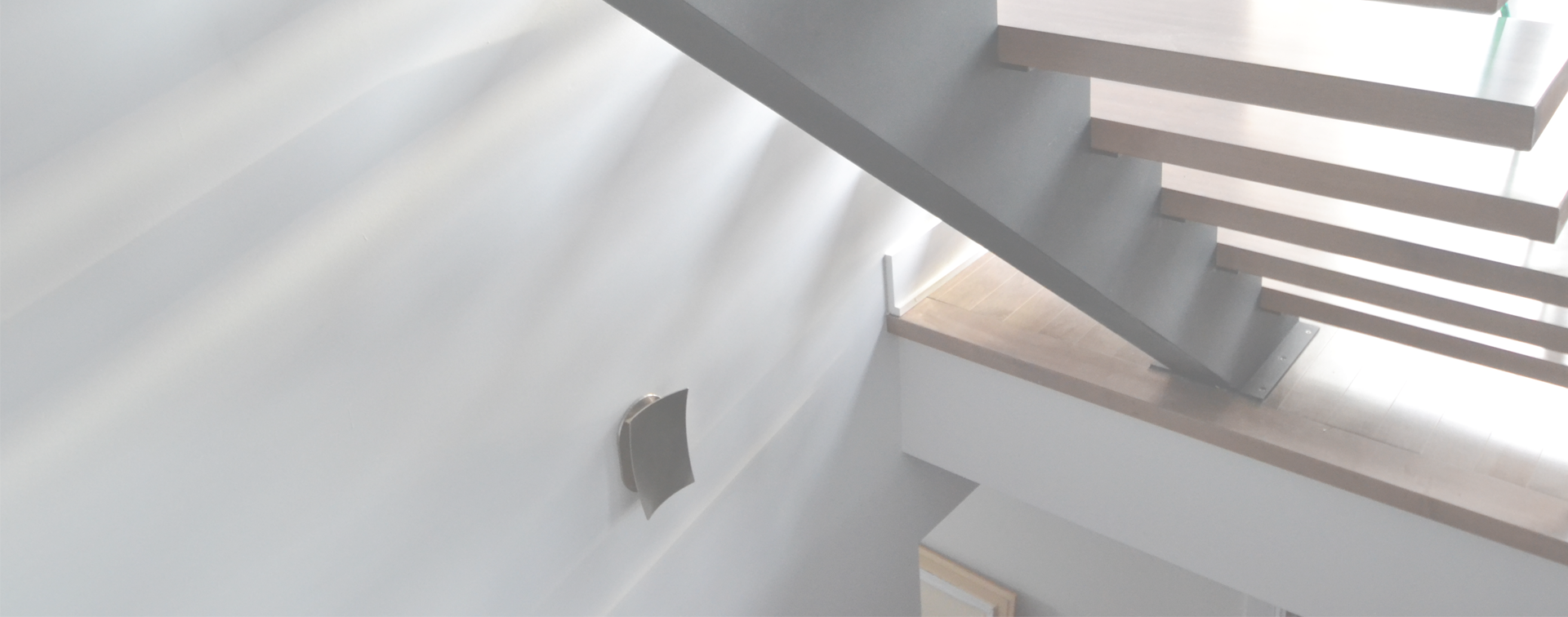When it comes to building an interior staircase, you need to know about the optimal height of a staircase step. It may seem like a small detail but it is important to respect all the regulations.
Here you will find everything you need to know regarding your staircase step's height. Learn about the terminology, standards and regulations.
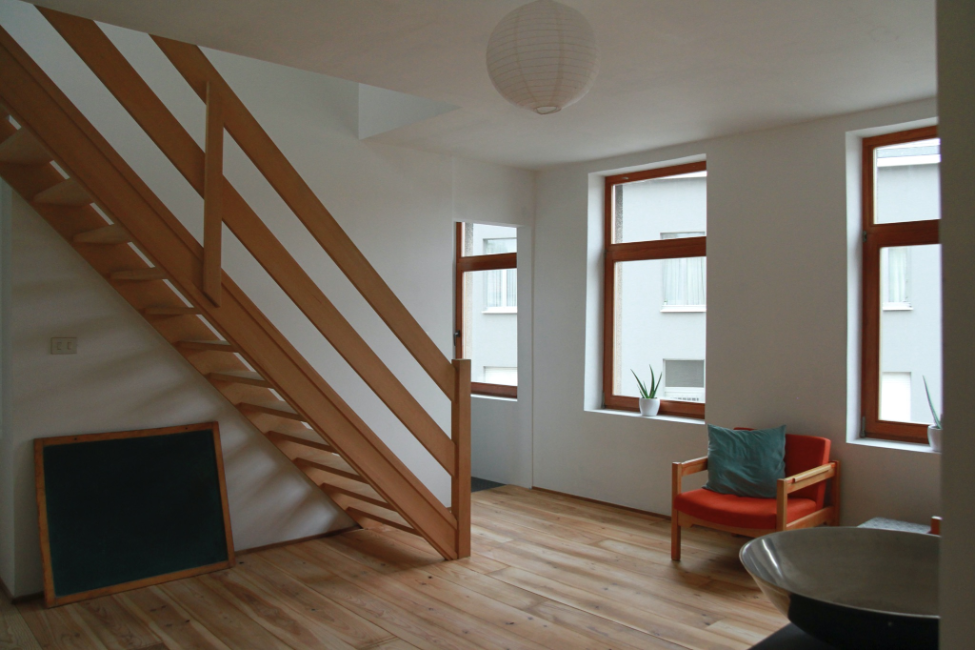
Terminology
Before you start talking about staircases, standards and regulations, it's important to have the right terminology. Here are a multitude of terms that are often used in staircase jargon.
Step run: This term represents the depth of the step minus the nosing. The usual measurements vary between 8 and 14 inches. On average, staircases have a step run of about 9 or 10 inches.
Stair riser: Vertical measurement from the top of one step to above the next step. It’s often between 5 and 8 inches and 7-3/4 inches on average.
Step: This is the horizontal section where the foot is placed steps on. It’s often 10-1/2 or 11-1/2 deep on average.
Nosing: This represents the section of the step that extends beyond the riser
Stringer: This is a board used to support the risers on each side of the staircase. The dimensions of the stringers are very important.
Handrail: This term is also used when referring to the banister. Its role is to cover the entire length of the staircase so as to help people get up and down as well as keep their balance.
Railing: It helps prevent falls. It runs along the open sides of a staircase.
Staircase standards
As with most construction projects, there are certain standards in the world of staircases that must be met. Indeed, one can immediately think of the height of the steps and the step run.
With regard to the standard height of a staircase riser, the measurement is often between 6-1/4 and 7-7/8 inches. With respect to the step run, this measurement is between 8-1/4 and 12-1/2 inches.
However, one very important aspect is the uniformity of your measurements. Your risers should all be of the same height so as not to surprise people who will be using the staircase.
Intermat staircases
At Intermat, we’re happy to be able to help you and offer you a multitude of styles and different models. With a range of materials at your disposal, you can choose the staircase that you like and let us do the work for you. We’re attentive to details and take care of everything, even the perfect finish for your decor. Visit our website now and get your free quote!





